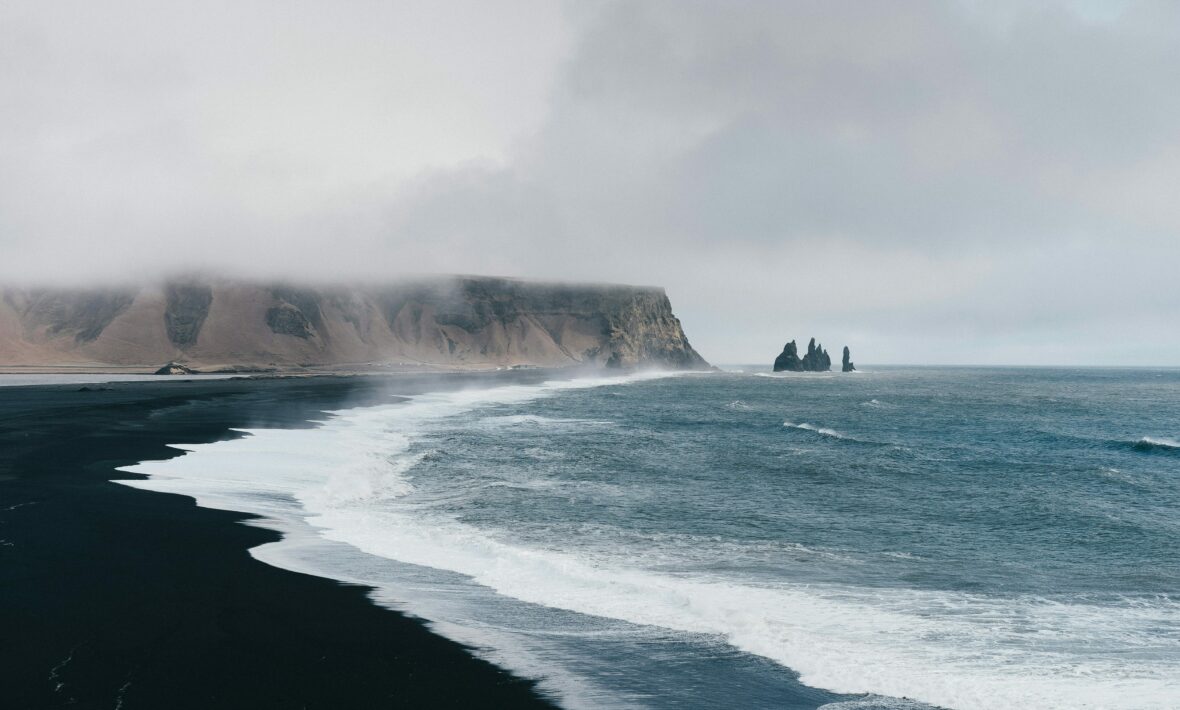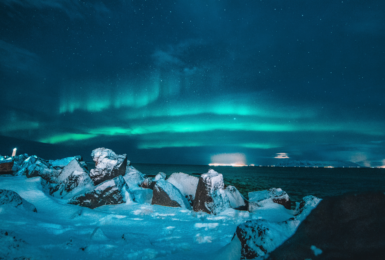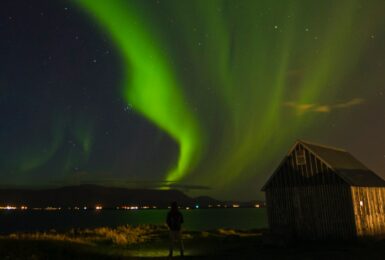Table of Contents
Beautiful land of mysteries, and the most probable place on earth to still host giants and unicorns (in my opinion anyway), Iceland is a popular tourist destination for travellers across the globe who are after something different. With cities few and far between, the real wonder of the Land of Ice and Fire is the landscapes that are as varied as they are mind-blowing. Geysers, black sand beaches, waterfalls, fjords, and so much more, travelling here is a must for everyone, but the best time to visit Iceland depends on what specifically you’re looking for.
The weather in Iceland
Being so far north on the globe, Iceland’s climate is classed as a subpolar oceanic climate. This means that the country is prone to long, but relatively mild, winters, and cool and short summers. The weather isn’t actually that drastic when you take into account Iceland’s geographical location, but you’ll want to be prepared for rain and snowfall anyway.
As Iceland is also an island surrounded by vast swaths of sea, you’ll want to pack a good jacket for wind, especially if you’re planning on sticking to the coasts or port cities like Reykjavik. That being said, whether it’s heavy snow drifts or bright sun, the weather in Iceland always lends the land a beautiful glow.
So, in short, the best time to visit Iceland is going to depend on what weather you’d personally prefer to experience.
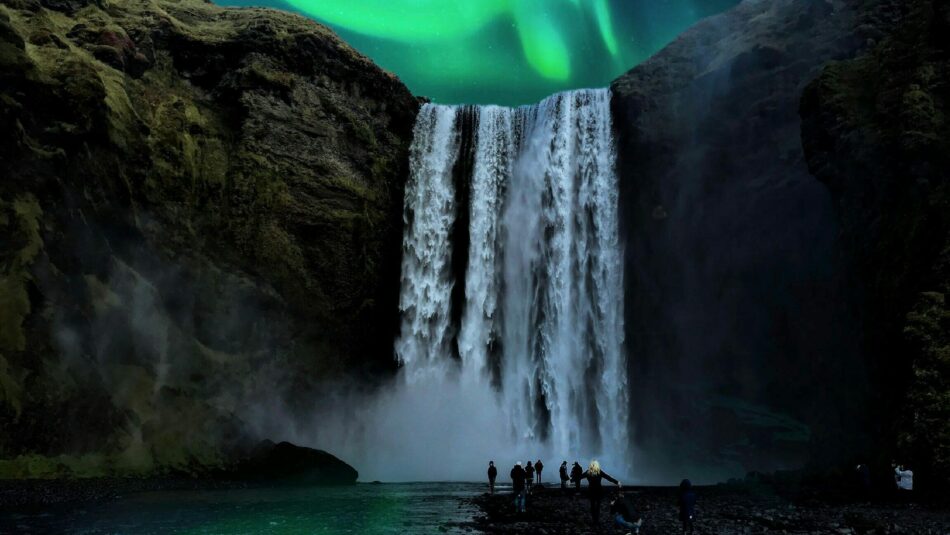
Image source:Balazs Busznyak / unsplash
Iceland in Spring
April – May
Even though the Northern Hemisphere’s spring technically starts at the end of March, you’ll want to wait until April for the weather to catch up in Iceland. Traditionally, the start of an Icelandic spring is marked by the arrival of the golden plover, a bird that makes this island its home for over the summer. In fact, with spring coming, you’ll notice that Iceland is filled with all sorts of wildlife! You can book wildlife watching tours where you may be lucky enough to catch glimpses of whales, puffins, and fluffy arctic foxes.
The spring weather is mild, with the sun starting to warm up the land, and plenty of lush landscapes waking up and wildflowers blooming. Iceland is distinctly green this time of year, so pack a camera to capture all this beauty. Seeing as the weather is only just starting to warm, the tourist season in Iceland hasn’t hit its peak yet, so spring is an ideal time to visit Iceland if you want to travel with smaller crowds.
Be sure to hit up the iconic Ring Road while traffic is low – this will take you around the entire country and thoroughly awe you at the same time.
Iceland in Summer
June – August
Summer is probably the best time to visit Iceland in general as the hours of daylight are much longer than in the winter, allowing you to take full advantage of the country and pack as many adventures in your days as possible. The weather is also lovely, characterised by sunny days that are warm enough to allow you to wear a t-shirt, but cool enough that you won’t sweat through it.
Iceland in summer tends to be on the busier side, but you shouldn’t let that stop you from whizzing around the famous Golden Circle. This is the ideal time to explore the highlands, which are inaccessible in winter, and you may get the chance to spot some fjord ponies grazing in the grass! You could also spend a relaxing day oooing and ahhing at the Sky Lagoon, which is basically a natural infinity pool overlooking the Atlantic Sea – there’s honestly nothing like it.
Hitting up the Gullfoss waterfall, the must-see geothermal geyser, and Þingvellir National Park are all musts as well. While you’re touring the Golden Circle, why not stop for a delicious farm-to-table lunch at Efstidalur? We highly recommend it!
If you can’t be bothered driving through traffic and just want to relax, then touring Iceland in the summer with Contiki is an easy way to do so, so you can focus on the views and the fun while we take care of the rest.
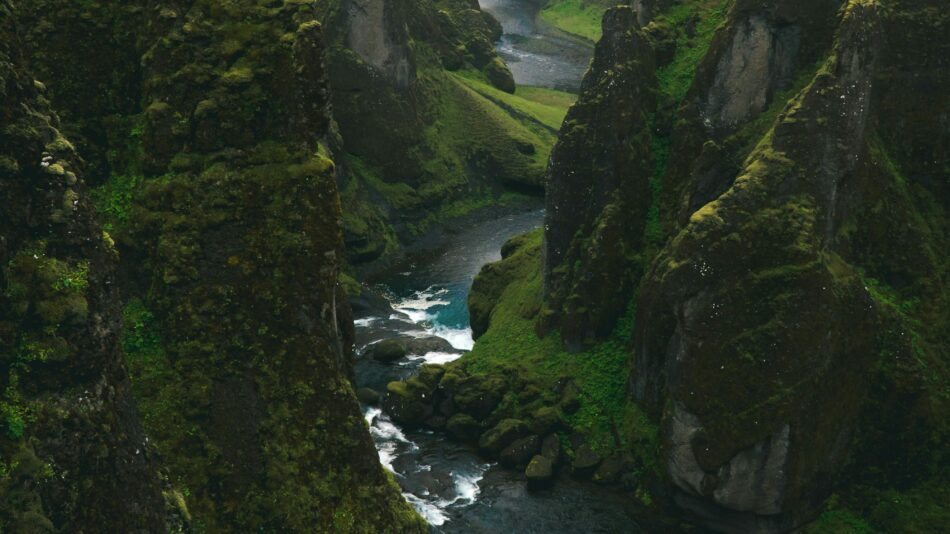
Image source:Jonny Auh / unsplash
Iceland in Autumn
September – November
Autumn in Iceland is when things start to cool down again, and the days start getting shorter and shorter. The weather will get a little windy and rainy, so make sure to bundle yourself up in some cosy jumpers and jackets. But other than that, it’s a charming time of year to visit as the landscapes turn orange and vermillion, lit up frequently like molten gold by the setting sun. It’s idyllic, honestly, and chances are you’ll have the whole country to yourself as tourism numbers drop.
This is the time of year when the Northern Lights start making their appearance, so if viewing the dancing colours has always been on your bucket list this is the best time to visit Iceland. In addition to the usual autumnal colours, Iceland will also treat you to some natural pinks, purples, and magentas, courtesy of the lupins that grow in the moors.
If you thought that was the end of the rainbow, you’d be wrong: the famous Blue Lagoon never fails to surprise because of its incredibly vivid turquoise colour. With fewer people and chillier weather, take a dip in this geothermal spa for total relaxation. There’s so much to do and see in Iceland during this season, so take advantage of it.
Iceland in Winter
December – March
The Icelandic winter is synonymous with three things: midnight sun, frozen waterfalls, and aurora borealis. It’s also unique and stunning, a true winter wonderland, but mighty cold so pack accordingly – you really don’t want to be caught freezing here. Most tourists stay away from travelling to Iceland in winter on account of the weather and the very short days – Reykjavik generally only sees five hours of daylight at this time – but for the brave it can be an amazing experience.
Winter is when Iceland’s natural beauty truly shines, and it does literally shine. There’s plenty of snow during these months, and when it catches the short amount of sunlight it really glitters. The frozen waterfalls, stopped in time as if by magic, are also enchanting sights. If you ever wanted to feel like you were travelling to a different world, Iceland in winter will give you that impression and more! This is the ideal time to take advantage of the many geothermal pools as well so you can warm your bones and admire the views through the mist.
Ice caves and glaciers are exciting exploration destinations as well, however you should remain cautious! Driving in winter isn’t generally advised for tourists in Iceland, so you may want to skip the Ring Road and Golden Circle at this time, but this will give you ample opportunity to really get to know the cities and engage with the locals.
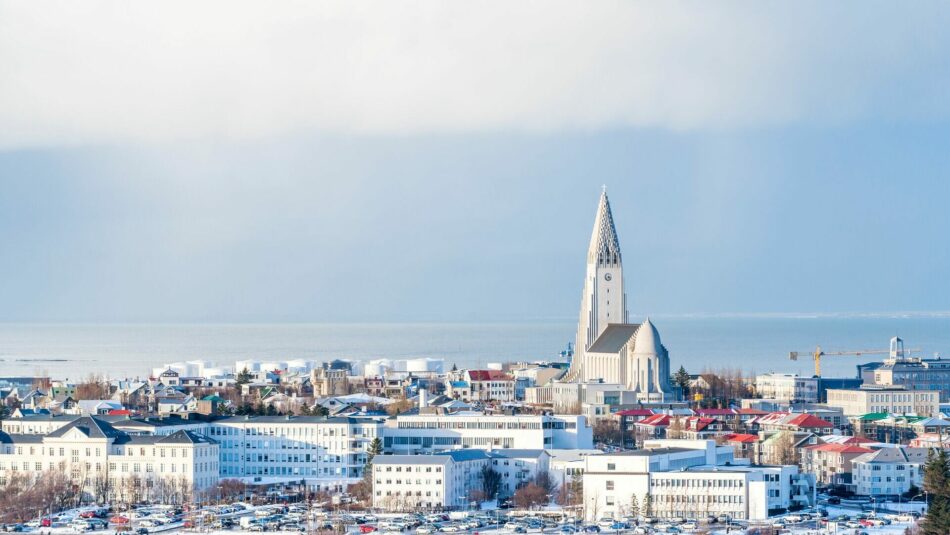
Image source:Contiki
Icelandic events and festivals
The time you decide to travel to Iceland may be dictated by the various events and festivals held throughout the year that you may be hoping to attend. Here’s a list of some of the most notable Icelandic festivals and when they take place so you can plan ahead:
1. Iceland Airwaves Music Festival
Iceland Airwaves is a multi-genre, multi-day music festival open to all! The festival is held across a multitude of venues across the country’s capital cities, and it’s a truly immersive experience of bright neon lights, dancing people everywhere, and music you can feel hum in your bloodstream. You’ll get a fun mix of big names and up-and-coming artists so you can enjoy the familiar tunes and add some new ones to your playlists.
Iceland Airwaves takes place in November, right at the end of Autumn.
2. Food & Fun
The Food & Fun festival is an institution in Iceland, and a long awaited event all year round. Taking place in Reykjavik, you’ll want to bring an empty belly as you’ll be filling up on delicious local food all day! Chefs from around the world gather here to create some delicious plates that bring people together. Food & Fun takes place every year in March, just before Spring, marking this season as the best time to visit Iceland.
3. Reykjavik Jazz Festival
Lovers of jazz unite because you’ll be having a blast in Iceland. Follow the sound of smooth beats to Reykjavik to experience one of the most prestigious festivals ever. As the title suggests, this festival is all about celebrating Jazz, as an international scene of artists and performers gather to give you a funky show.
Get your tickets for the Reykjavik Jazz Festival in August, a great way to send the summer off.
4. LungA
LungA is a festival that celebrates the arts. Filled with workshops, lectures, exhibitions and plenty of activities, you’ll be able to have a really stimulating few days admiring other creative works. Each year the festival has a different theme, and artists are invited to create something specifically for that, so you’ll always have a different experience even if you go every year! LungA is all about visual artwork like sculpture, installation, and painting, but also tattoos and live music performances.
This festival takes place in the peak of Iceland’s summer in July.
5. Reykjavik International Film Festival
Iceland’s reputation for film is growing, both in the films they produce and the use of Iceland as a backdrop for many new releases (like True Detective and Game of Thrones). The Reykjavik International Film Festival (RIFF) is a great chance to catch a range of new films, both from established writers and directors as well as new talent in the industry. From dramas to non-fiction documentaries, RIFF offers a huge range of films from Iceland and the rest of the world.
You can catch this film festival between late September and early October in the autumn.
6. The Great Fish Day
The Great Fish Day is an annual festival held in the small fishing town of Dalvik – a fitting venue. It celebrates the town’s fishing heritage and the local community that keep this tradition going, and you’ll be able to of course try some delicious fish-based meals all weekend long.
The Great Fish Day is held on the second Saturday of August every year in the summer.
7. Sildaraevintyrid
Taking place in the northern part of Iceland, Sildaraevintyrid is also called The Herring Adventure and it’s all about the humble herring which is synonymous with the nordic countries. More than that, though, the festival is a chance for locals and tourists to visit Siglufjordur and get to know the town and its history. You can visit the Herring Era Museum and get chatting to the locals for a charming time away.
This festival takes place in March, at the end of winter.
When is the best time to go to the Blue Lagoon?
The Blue Lagoon’s gorgeous geothermal pools are open year round, so there’s no limit on how often you can soak in the aquamarine water per year. That being said, they’re a very famous tourist attraction, so if you’re visiting in the summer months expect the lagoon to be busy.
Because of this, the best time to go to the Blue Lagoon will be in the shoulder seasons, either in early spring or autumn, that way you can enjoy the warm relaxing spa with less people crowding around you. And, it won’t be as cold when you eventually drag yourself out! To avoid crowds even more, visit in the morning and evening are preferred.
When is the best time to see the Northern Lights?
The best time to see the Northern Lights in Iceland is either in the months of September or March, though the autumn and winter seasons in general are a good bet. The summer and winter equinox dates are good as well, as this is when there is the most solar activity.
As long as the sky is dark, though, you’ve got some really good chances of spotting the mesmerising show of colour. The further away from the cities you can get the better, as you’ll be heading away from any obstructing light pollution (not that there’s that much in Iceland anyway).

Image source:Contiki
When is the best time to go whale watching?
Whale watching is one of the best things to do in Iceland, and you’ll have ample opportunity to spot the gentle giants cresting the waves for what’s sure to be an unforgettable experience. The best time to do this is between April and September: these spring and summer months are the peak whale watching times as several species make their way around these oceans.
There are several tour operators around the country that can take you into the sea to spot the whales, but make sure to pick an ethical company that’ll keep a respectful distance so as not to infringe upon their natural habitat. Responsible wildlife sighting is key.
